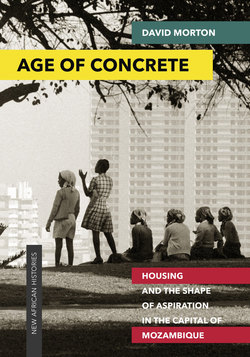Читать книгу Age of Concrete - David Morton - Страница 13
На сайте Литреса книга снята с продажи.
ОглавлениеChapter 2
THE POLITICS OF VISIBILITY
The “City of Reeds” Debate, 1962–65
FEW COLONIZING powers, in any historical context, have been able to resist the appeal of the checkerboard urban grid.1 The grid demonstrated confidence. It projected, on paper, a controlling authority where otherwise there was little evidence of any. It also worked as a sales pitch: though not yet much to look at, virgin territory, once neatly crisscrossed by streets and avenues, was sure to yield growth. The grid would then harness the growth that followed. The grid “represented a wish, an imagined view of an un-built city,” a vision both of European modernity and of universal principles, observes Mark Hinchman, writing about an eighteenth-century town plan for the French outpost at Saint-Louis, Senegal.2 “Its repetitive form implied the existence of similar forms elsewhere.” Europeans were less convinced they needed the grid for cities in Europe; some of the most conspicuous checkerboard plans in the nineteenth century were actually in the industrializing cities of the United States. After Lourenço Marques had grown into much of its own grid, some commentators regretted that planners had opted for the pragmatic “American” approach decades earlier.3 The grid of Lourenço Marques was monotonous, wrote a Portuguese official in 1945. It “bores us.”4
